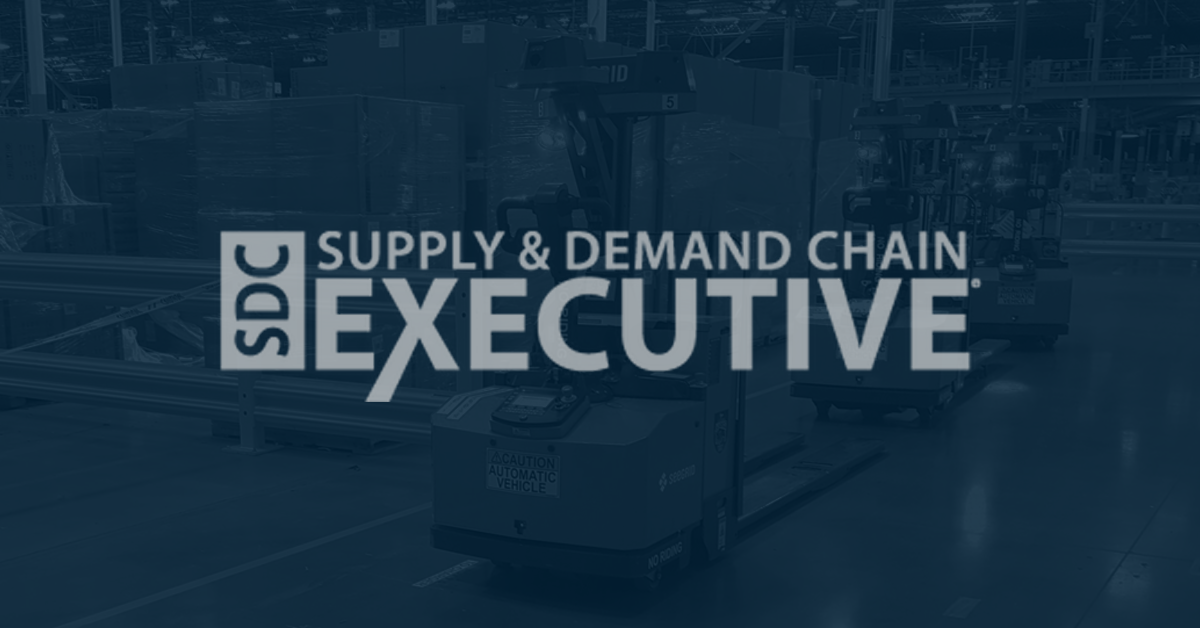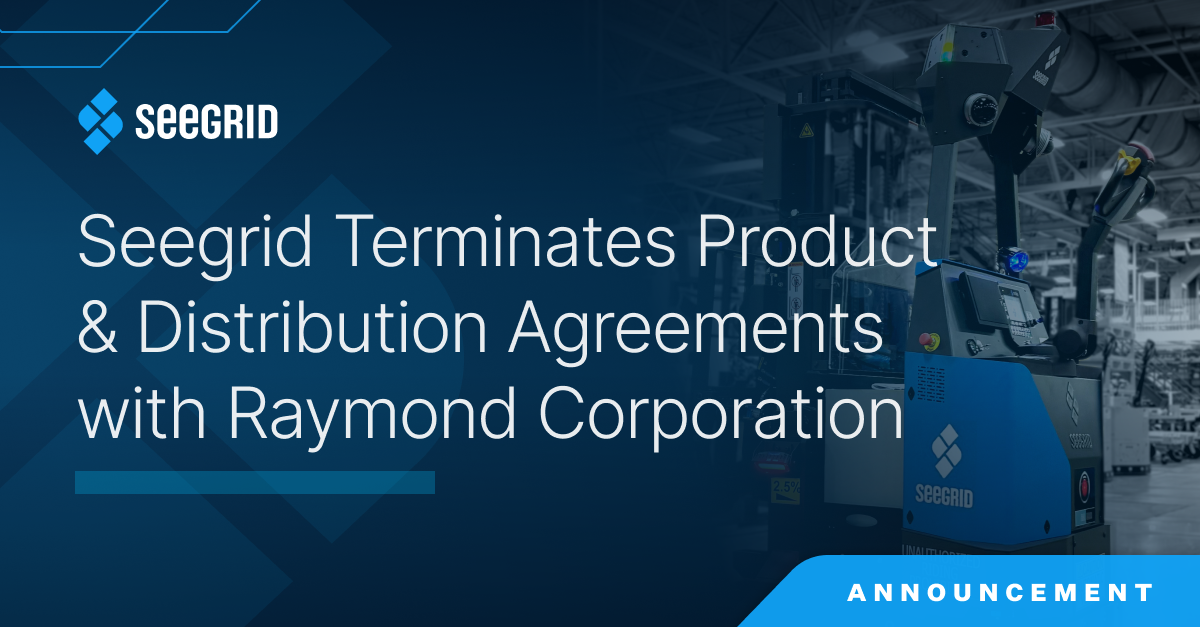Reverse logistics will remain an increased area of focus around the globe as e-commerce continues to grow and demands heighten.
In the wake of a global pandemic and what appears to be a never-ending surge of demand, order fulfilment continues to be a significant challenge for e-commerce retailers. With the holidays on the horizon, many in the supply chain are preparing for the ripple effect -- managing reverse logistics caused by returns. Now more than ever, planning and implementing a reverse logistics strategy is crucial. According to the National Retail Federation, consumers returned an estimated $428 billion in merchandise to retailers last year, and with holiday spending getting underway, this problem is unlikely to go away anytime soon. Despite the best efforts of logistics professionals, returns are a challenge for everyone involved. Facilities are already struggling with fulfilling record-high order volumes on time, and now are also expected to process the returns and exchanges faster than ever before. The question remains, how do organizations ensure consumer expectations are met with a dwindling number of employees and a growing amount of returned items.
Keeping Pace With Goods Coming Back
Unfortunately, for the majority of retailers around the world, returns are inevitable. While some may have lower rates than others, companies are still planning for a certain percentage of returns each year, with higher return rates around the holidays. According to Deloitte’s annual holiday retail forecast, holiday retail sales are likely to increase between 7-9% this year over 2020. With increased sales comes increased returns. A consumer may have gotten the wrong size jacket or didn’t like the color of a kitchen appliance received. No matter the reason, returns happen. Consumers will want the return done swiftly and easily. Retailers want to quickly and safely process the returns, so that product is back on the shelf ready for sale.
During the 2020 holiday season, retailers experienced a 41% increase in returns of online orders according to aggregate data from online retailers that use a returns platform. Organizations should anticipate a similar increase in this year’s returns, especially as many consumers continue to avoid in-store shopping and prefer shopping online.







